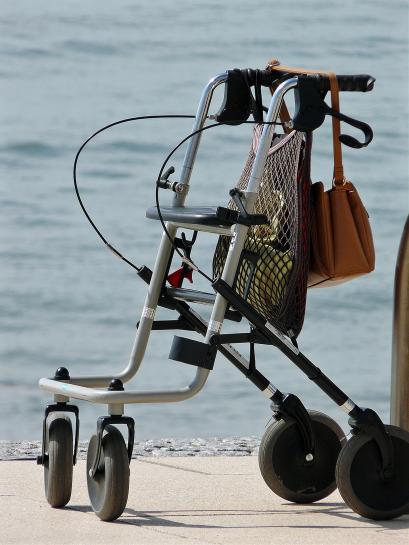Prior studies have examined the incidence, risk factors, and outcomes of hip fractures among nursing center residents, but little is known about non-hip lower-extremity fractures. A national study involving researchers from Hebrew SeniorLife and Brown University's Center for Gerontology & Healthcare Research looked at lower extremity fractures among long-stay nursing center residents, and found differences that suggest prevention strategies should differ for hip and non-hip fractures.
The research team used national data to identify all long-stay nursing center residents aged 65 years or older who were enrolled in Medicare during a specific time period (2008 and 2009), and then looked at lower-extremity fractures for two years (as late as 2011). Compared with hip fracture residents, residents with non-hip fractures were more likely to be immobile, dependent in all activities of daily living, transferred mechanically, and to have diabetes.
These findings show that non-hip lower-extremity fractures often occur in severely functionally impaired residents, suggesting a different mechanism of injury than hip fractures. This highlights the need for distinct prevention strategies for hip and non-hip lower-extremity fractures.

